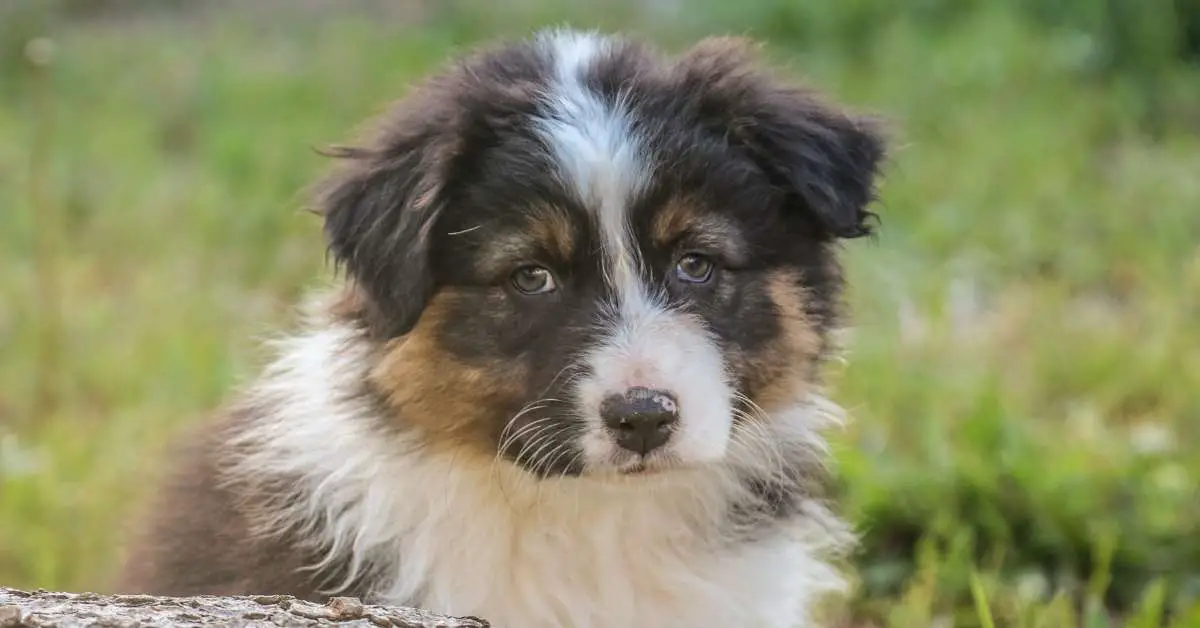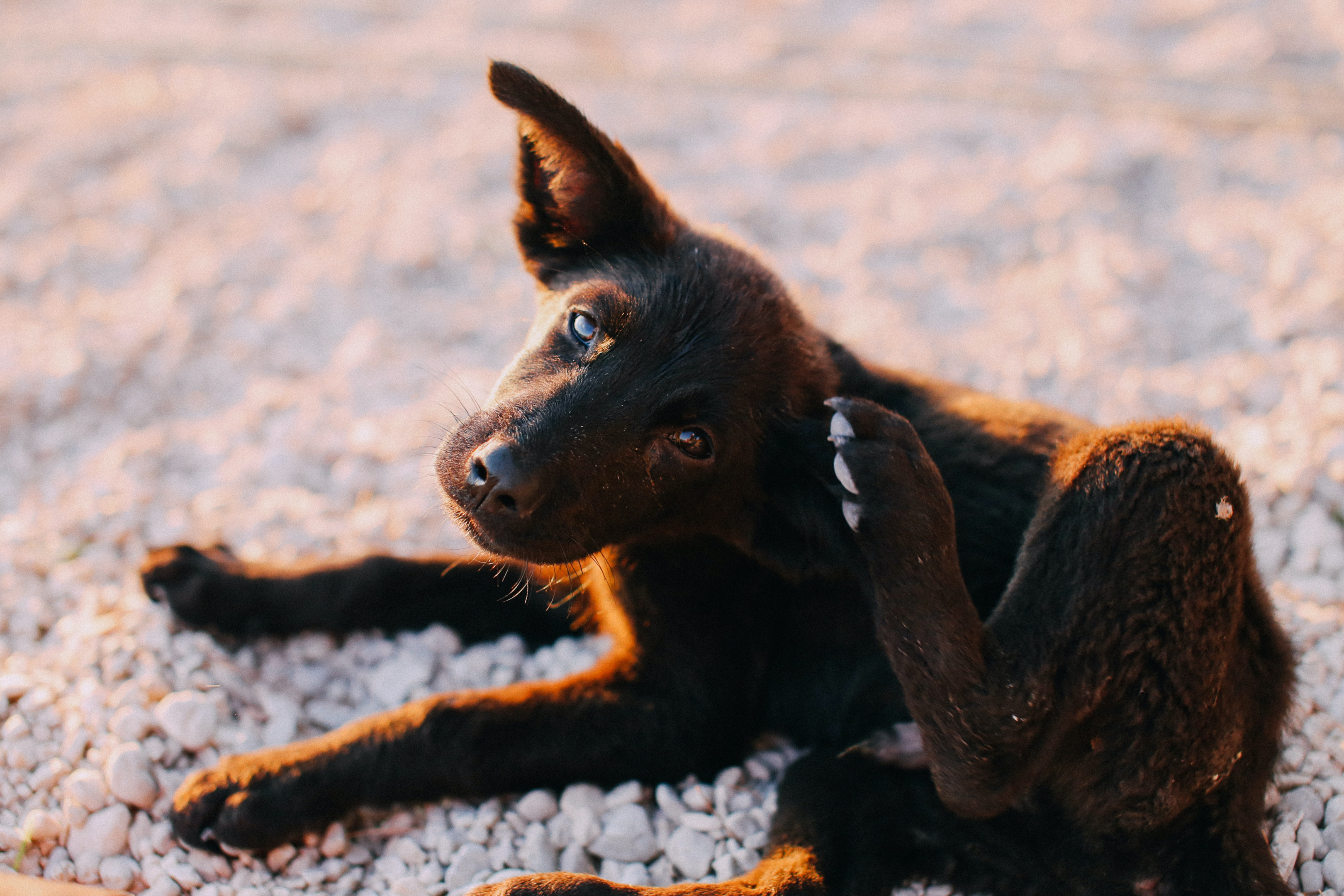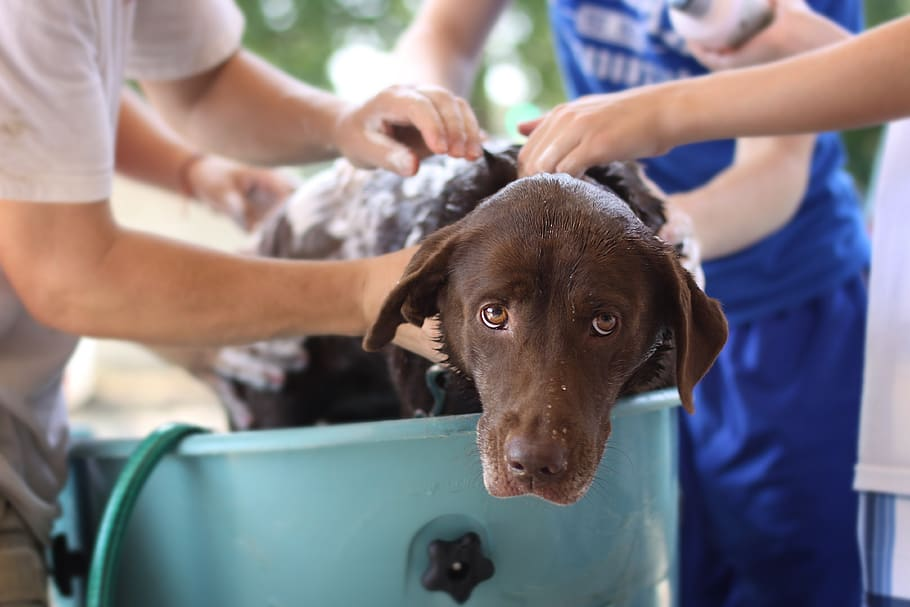Can Dogs Get Lice from Humans? Unveiling the Truth and Prevention Tips

Can dogs acquire lice from humans, or are they capable of getting lice independently? This concern is widespread, particularly among people, and even more so among children.
The short answer is no. Dogs cannot get lice from humans in the same way can humans get dog lice or can contract lice from each other.
However, dogs do have their own species-specific type of lice that can infest them.
In this article, we will delve into the topic of adult dog lice symptoms further, their characteristics, how they differ from human head lice, and the possible ways to prevent and treat lice in dogs.
Understanding Dog Lice and Their Origin
Dog lice, scientifically known as “Trichodectes canis,” are species-specific parasites that infest dogs.
Unlike lice on humans, they do not spread to humans. These chewing lice on dogs are adapted to live on dogs’ skin and in their fur, feeding on their blood.
Read on to learn more about lice on dogs.
Differentiating Adult Lice from Human Lice
While the notion of pet lice itself might invoke images of discomfort, it’s essential to differentiate between the species-specific lice that dogs can harbor and the lice that affect people.
Human lice, scientifically named “Pediculus humanus capitis,” are six-legged insects that live on the scalp and hair shafts of humans.
Can Dogs Get Lice from Humans? Debunking the Myth
Let’s put this myth to rest.
Extensive research has shown that dogs cannot acquire lice from humans. These pesky parasites are exceptionally species-specific, finely tuned to the unique physiology and biology of dogs.
Understanding this crucial fact is paramount to dispelling any doubts about cross-infestations between our furry companions and us.
Common Symptoms of Dog Lice Infestations

If your pet is scratching excessively, experiencing hair loss, or has white flakes on their coat, it might indicate a lice fungus.
These symptoms are often accompanied by intense itching, as lice and their bites can be highly irritating for dogs, prompting them to scratch persistently.
The constant dog hair scratching can lead to secondary skin issues, such as:
- redness,
- inflammation, and
- open sores (in severe cases).
If you notice your dog displaying these symptoms, it’s crucial to take prompt action to diagnose and address the issue to ensure your pet’s comfort and well-being.
Transmission and Sources of Dog Lice
Sucking lice are primarily transmitted through direct contact with infested dogs.
If your dog spends time around other dogs, particularly in close quarters, the risk of lice infestation increases.
Sharing grooming tools, bedding, or living spaces with infected dogs can also contribute to the spread of lice.
Diagnosing Sucking Lice Infestations
If you have concerns that your dog may be infested with lice, seeking the expertise of a veterinarian for a precise diagnosis is of utmost importance.
Veterinarians often perform skin scrapings to identify lice and their eggs (nits) under a microscope. Proper diagnosis ensures effective treatment.
Treating Dog Lice: Options and Considerations

If your dog has lice, it’s essential to work with a veterinarian to determine the most suitable treatment.
Lice shampoos, topical treatments, and in some cases, oral medications might be recommended.
It’s important to follow the vet’s instructions carefully to ensure the complete eradication of lice.
Still not seeing any changes on your dog’s condition? Check out this article about “How Long Do Flea and Tick Medications Take to Work on Dogs?“
Preventing Dog Lice Infestations
To prevent lice fungus in dogs, avoid exposing them to environments where lice are common, such as kennels or shelters.
Regular grooming, including using a flea comb, can help detect lice early. Keeping your dog’s living area clean and practicing good hygiene are also effective preventive measures.
Understanding Lice Eggs (Nits) and Their Role
Lice lay eggs, known as nits, on the dog’s hair shafts. These tiny white or yellowish oval structures can be visible to the naked eye.
Nits are a key indicator of a lice fungus and should be carefully removed during treatment. Here are some differences and more information about lice in dogs:
- Dog Lice vs Fleas: Lice and fleas are both parasites that can infest dogs, but they have distinct characteristics. Lice are wingless insects with flattened bodies that stay close to the dog’s skin, while fleas are agile and can jump significant distances.
- Canine Lice and Hair Loss: Hair loss is a common symptom of dog lice infestations. Lice feed on the dog’s blood, leading to irritation and discomfort that can result in excessive scratching and fur loss.
- Lice Risk of Having Multiple Dogs: If you have more than one dog, it’s essential to isolate and treat the infected dog to prevent the spread of lice to other pets.
- Lice on Dogs and Skin Conditions: Lice infestations can exacerbate existing skin conditions in dogs, leading to more discomfort and potential health issues. Proper treatment of lice is crucial for maintaining your dog’s skin health.
- Lice Infestations in Other Animals: While dogs have their own species-specific lice, other animals like cats can also be affected by lice that are adapted to their physiology.
Conclusion: Maintaining Your Dog’s Health
While the fear of lice infestations in dogs might be concerning, understanding the specific nature of these parasites can help you take appropriate preventive measures.
Regular grooming, maintaining a clean living environment, and seeking prompt veterinary care when needed are all crucial steps in ensuring your pet’s well-being and happiness.
In conclusion, dogs can’t get lice from humans, but they are susceptible to their own species-specific lice. Understanding the differences between human head and dog lice is essential for proper diagnosis and treatment.
If you suspect your dog’s fur also has lice, consulting a veterinarian is the best course of action to ensure your pet’s health and comfort.
FAQs
Can dogs catch human head lice?
No, dogs cannot catch lice from humans. Lice are species-specific parasites, and the lice that affect humans are different from those that infest dogs.
How do I know if my dog has lice?
If your dog is excessively scratching, experiencing hair loss, or has white flakes on its coat, these could be signs of a lice infestation. It’s important to consult a veterinarian for proper diagnosis and treatment.
How long can lice on humans live on dogs?
Human lice cannot survive on dogs as animal lice because they are adapted to a human’s specific biology. They quickly die without their preferred host.
How can lice live on bedding?
Lice can survive on bedding for a limited time, usually up to 1-2 days. However, they rely on a host for feeding, so they are unlikely to establish a permanent infestation on bedding or in the environment.
